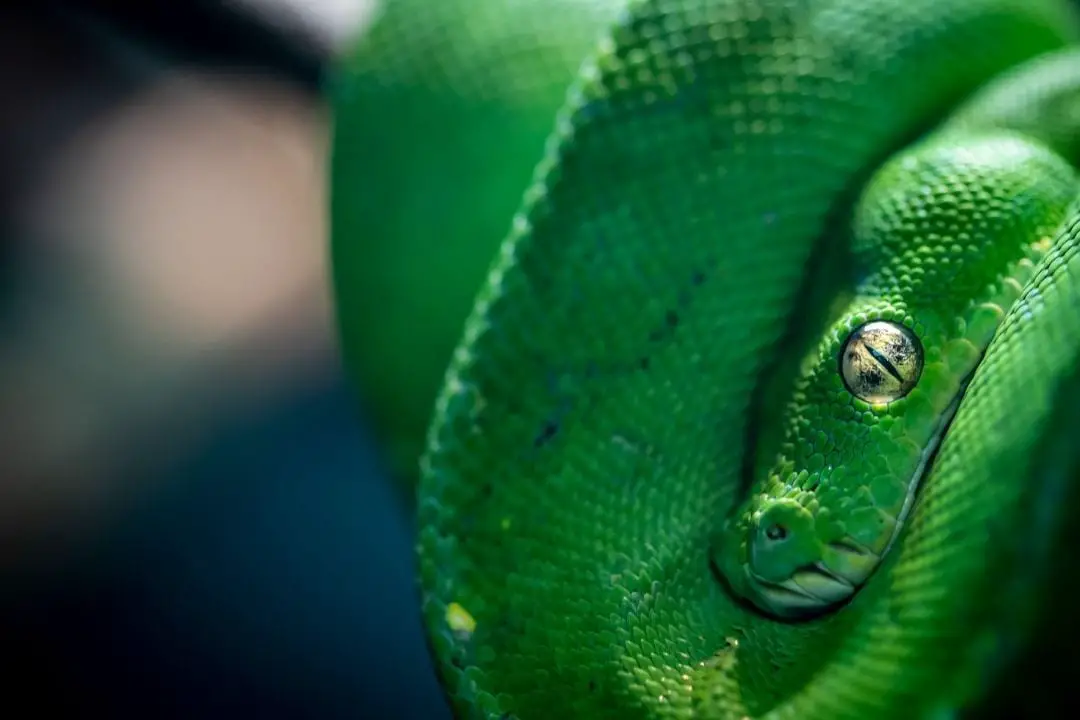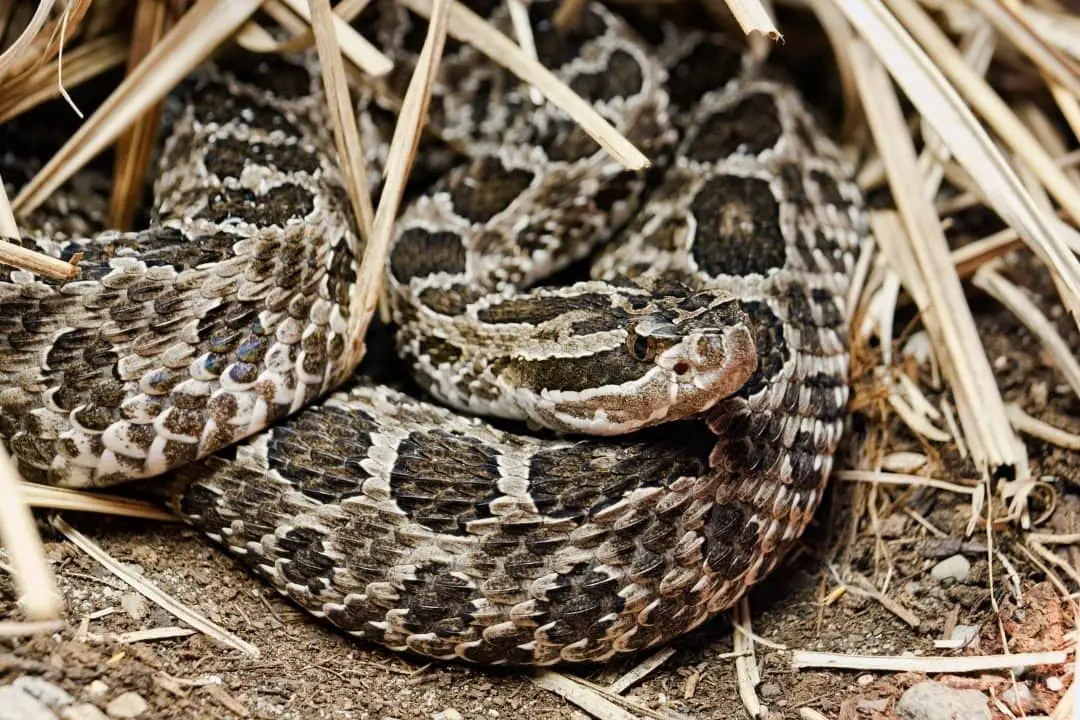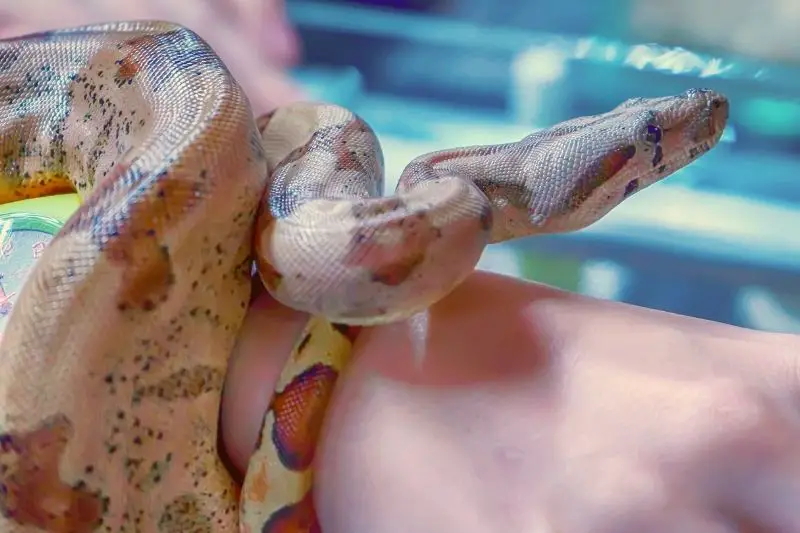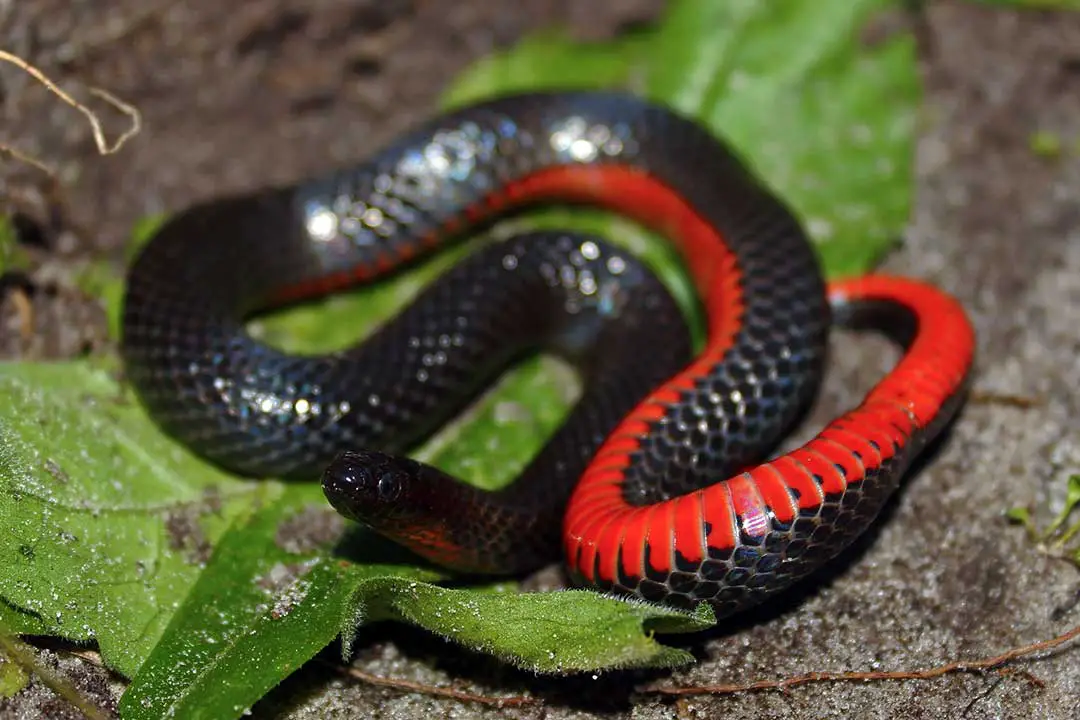There are many myths floating around popular culture surrounding snakes and their senses. Some people believe that all snakes are deaf, while others believe that snakes are blind.
So, are snakes blind?
Snakes are not blind. Most species do not have very good eyesight but some like cobras can see well enough to aim for the eyes. Others like the blind snake are indeed blind.
Snake Vision
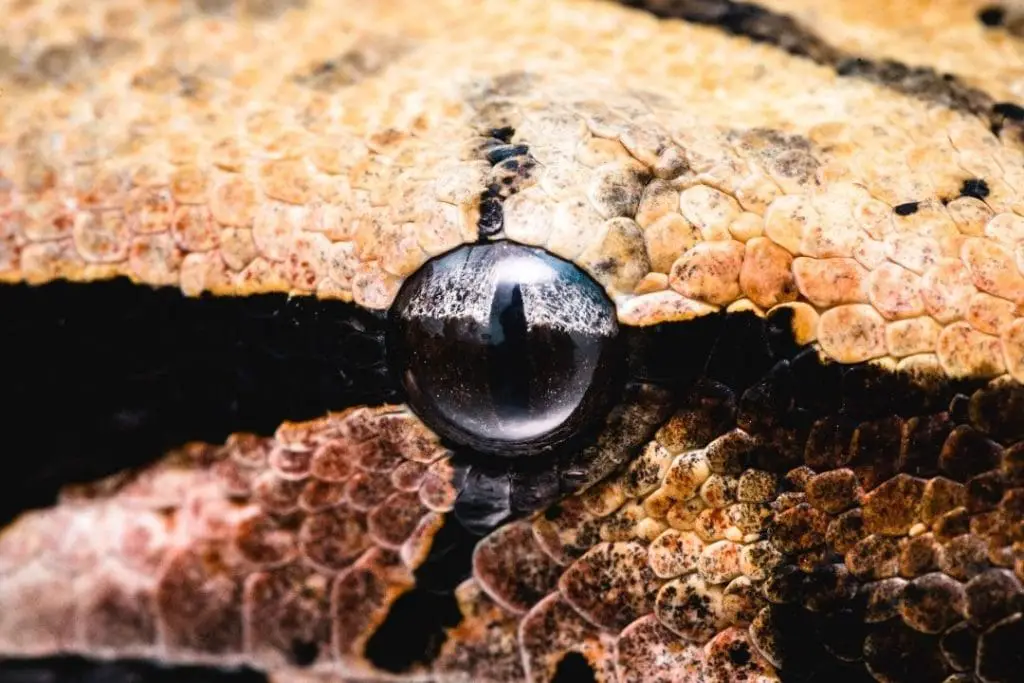
Understanding the vision of snakes as a whole requires understanding their evolutionary history. Snakes evolved from lizards.
Fossil snakes frequently preserve common features of lizard skulls that are now missing from the vast majority of snakes. This includes more solid skulls and limbs.
Many ancestral snakes are fossorial, meaning they are burrowing animals. This interesting study compares the skulls of extant and extinct snakes and lizards to help understand how they evolved.
If the results prove true, then snakes likely evolved from terrestrial animals that moved into being fossorial. Fossorial animals frequently have reduced or absent vision since they do not need vision to survive when they spend the majority of their life underground.
Many nocturnal species also have reduced vision, and most snakes are either nocturnal or crepuscular, meaning they are active at dawn or dusk.
Most snakes do have vision, but it is limited to seeing shapes and motion.
Snake vision highly depends on the species and when it is active. Diurnal snakes have eyes that filter out UVA while nocturnal snakes like the ball pythons typically lack this.
This study goes over the genetics behind snake vision and helps clarify that ancestral snakes likely had vision similar to modern snakes.
Some snakes include arboreal and gliding snakes have very good vision and can track objects at a distance. Fossorial species have reduced vision or even entirely absent vision.
Some snakes even have binocular vision that allows them to focus on targets to strike accurately. Snakes in general have a wide range of vision so it is hard to summarize snake vision generally.
The main thing is that few species rely on sight to hunt and instead rely on their sense of smell or even heat-sensing to find and target prey.
Snake Species With Good Vision
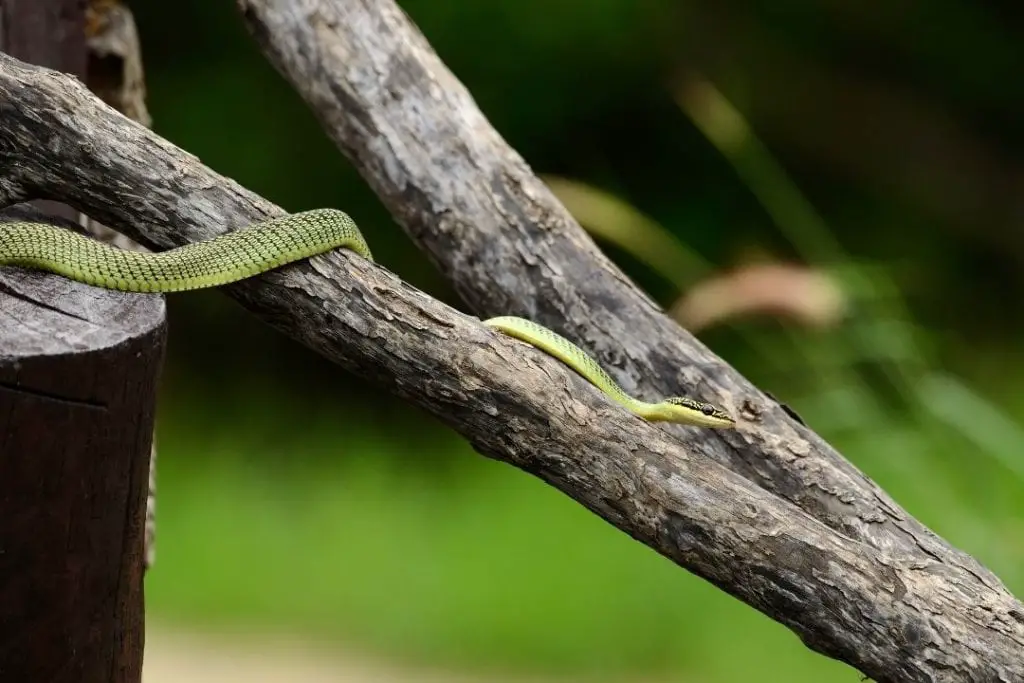
Some snakes have amazing vision. Chrysopelea ornata is well-known for its ability to glide. Its common names include the ornate flying snake and the golden flying snake.
While it doesn’t fly, it can create a “U” shape by contracting its belly upward to catch more air. This allows it to move from tree to tree easily without needing to head to the ground where many dangerous predators await.
These snakes are noted as having very good vision since they actively pursue prey. They can track objects from a distance and rely on good vision for hunting and finding safe landing areas when gliding.
The genus Ahaetulla which includes the Asian vine or whip snakes features strong vision. They have binocular vision and keyhole-shaped pupils. This is used to help them spot and strike at prey.
The name of the genus is a term that translates to “eye-plucker” or “eye-striker” in Sinhalese. This is because snakes like the common vine snake will strike at the eyes if they are handled by a human.
This indicates that the snake can easily see eyes in humans and has good enough vision to aim for them. Many other diurnal species have good vision.
Color vision in snakes is still poorly understood since vision in snakes is not as studied as vision in other vertebrates.
Blind Snakes
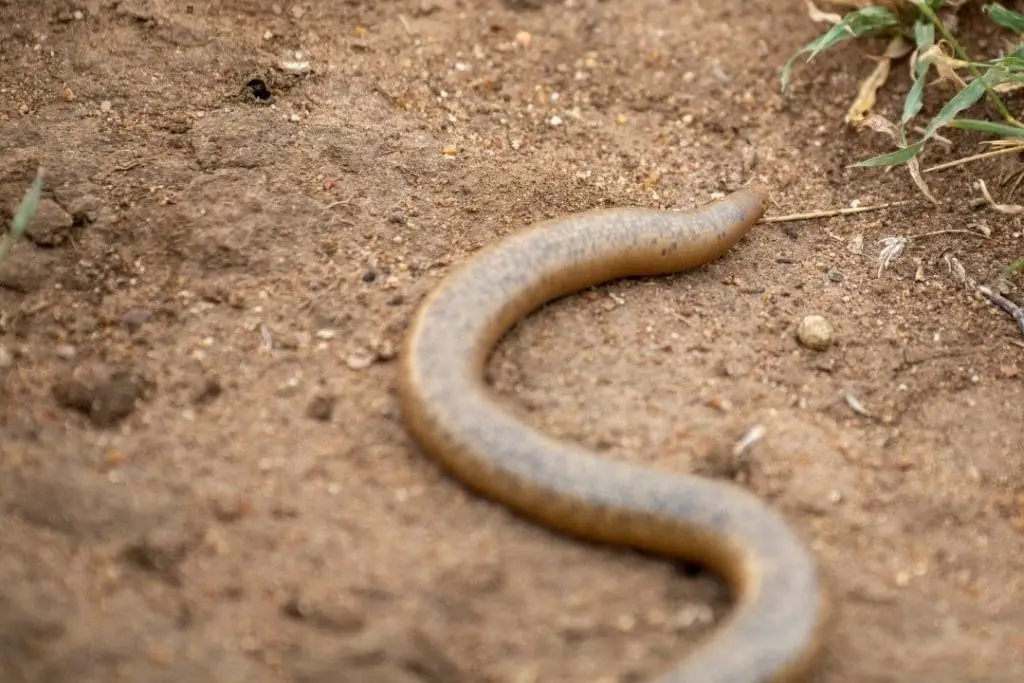
Some snakes are blind. Blind snakes are a specific type of burrowing or fossorial snake. They are members of the infraorder Scolecophidia.
These snakes do have eyes, but they are under opaque scales. Most snakes have clear scales called spectacles or Brilles over their eyes. Since they lack eyelids, these clear scales protect the eye from drying out.
In the case of blind snakes, they have their eyes located under an opaque scale instead. These snakes live primarily underground.
They feed off of ants and termites and target their eggs and larvae as a food source. They are rarely found above ground unless it is raining.
One interesting fact is that they have eyes like every other snake during fetal development. Later in development, the eyes become smaller and by the time the snake hatches the eyes are identical to the adult.
Snakes can also be blind either because of injury or a birth defect. This can make survival in the wild harder, but not impossible for nocturnal species that do not need good vision to hunt.
Captive snakes can survive without vision and live healthy lives so long as their keeper makes sure their enclosure is suited to be navigated by a blind animal.
In captive snakes, it is known that both inbreeding and certain genes that affect color and pattern will also negatively affect the eyes.
Many snakes with a birth defect called duck-billed or bug-eyed are likely to lose vision. Some genes can also damage the orbit of the eye and make eye loss more likely. It is also possible for snakes to be born without one or both eyes. Most snakes can live a normal life with proper care in captivity, but snakes with these defects shouldn’t be allowed to breed.
Conclusion
Most snakes do indeed have vision, some even have very good eyesight. While there are blind species and snakes with less vision, you shouldn’t assume any random snake can’t see.
Most animals benefit from vision since it lets them strike prey more easily and offers another sense to help avoid predators and other threats.
It may not be most snakes’ main sense, but it is still important. If you have any questions or comments, please leave them below.
